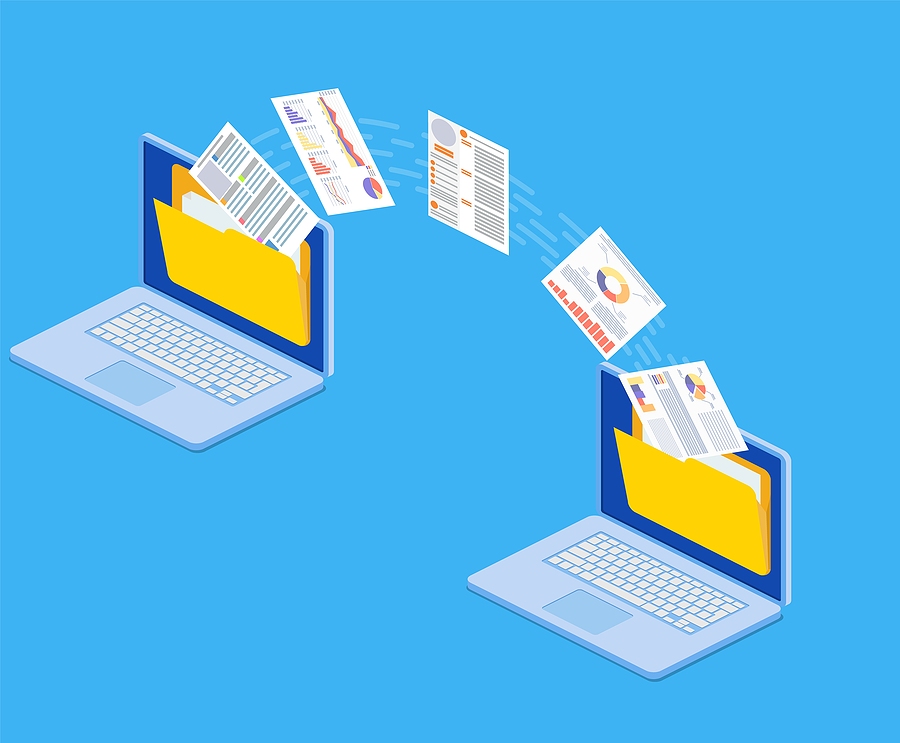This post was last updated on February 16th, 2024 at 12:21 pm.
In the first part of the series, we discussed exporting and importing data and the worth of the data. If you missed it, read the first part here. In this final series we will discuss the remaining three topics for church data conversions.
- Mapping the current database fields to the new database
- Software compliance after conversion
- Price (Can we afford the data conversion?)
Mapping the current database fields to the new database
This can pose problems when the new database doesn’t have the fields available for all the data. The first decision is if you want that data to be imported – in other words do you still use that information? As time passes, some data becomes obsolete and this is the best time to remove it before it is imported into the new system. Second, if the data is needed, then where should it go into the new system? This is called mapping the data. For example maybe a household has 3 different phone numbers. In the old system each went to an individual member in the household because the system did not have a primary phone number field. The new system may have that primary field and also the ability to save the phone number to each individual member. Would you still put the phone number on each individual and leave the primary blank, or put in a primary phone number from one of the three that are available?
Software compliance
After a data conversion, software compliance is essential to a church maintaining their tax exempt status. A data conversion must consider the implications of bringing a data set into a solution that may not have all the required fields that are needed to stay compliant. On membership data, this typically is not an issue, but in donations and accounting, it could be a problem. For example, if you imported donations and the “giving dates” were missing for certain records, the donation statements do not meet IRS guidelines. In accounting, every transaction not only has to be associated to a chart-of-accounts line (e.g. expenditure, revenue, etc.) but also an accounting fund. If the data set does not have both elements, the end result is a system that is not compliant. That’s why many, if not all, church software companies do not import accounting transactions into their solution.
Price
Can we afford the data conversion – in addition to the initial cost of the church software? Price is always a concern when coming on board to a new system. The first rule is to ensure you have a firm data conversion price established from the software vendor. The next thing is to ensure that they know exactly what you want done for that price. Software vendors many times will ask to see the data first to give a price estimate and the church needs to be open to this. After all, a mechanic probably wouldn’t give an estimate for fixing rough running car without seeing it.
As a church, you should compare data conversion cost closely and realize this is a sunk cost; in other words, if you are not happy with the product in 10 months, you lose this data conversion money. Ensuring that the new product will do what you want is essential first before moving on to it with a data conversion. Quality in data conversions across software vendors really doesn’t play much into the decision. They all know their product and how to convert data in many forms. When the quality is comparable and both products are similar in features that you need, there is not much of a reason to pay $700.00 to go with one company verses $200.00 with another.
A couple last thoughts:
A very detailed analysis should be completed before considering other software vendors, and churches should examine whether the motives they have for changing software are really good reasons. What if a new employee comes in and calls the current software into question? Let’s say that the church as a whole is happy with their current software, and it’s addressing a majority if not all of their needs. But the church recently hired a new employee that doesn’t want to learn the current software because they used a different one for 20 years. Is moving to new software based on this reasoning really a software issue or a human resource issue? Ensuring that the church is changing for the right reasons instead of getting caught up in church politics is very important to the morale of the staff, volunteers, and other users of the software.
Data conversions are never perfect in any solution regardless if it is for the church market or some other market. Churches need to keep that in mind and form reasonable expectations in regards to the data conversion. Additionally, converted data will only be as good as the original data the church software company has received from the church.

[…] for the second part of this post coming on Monday; we’ll talk about the remaining three topics for church data […]